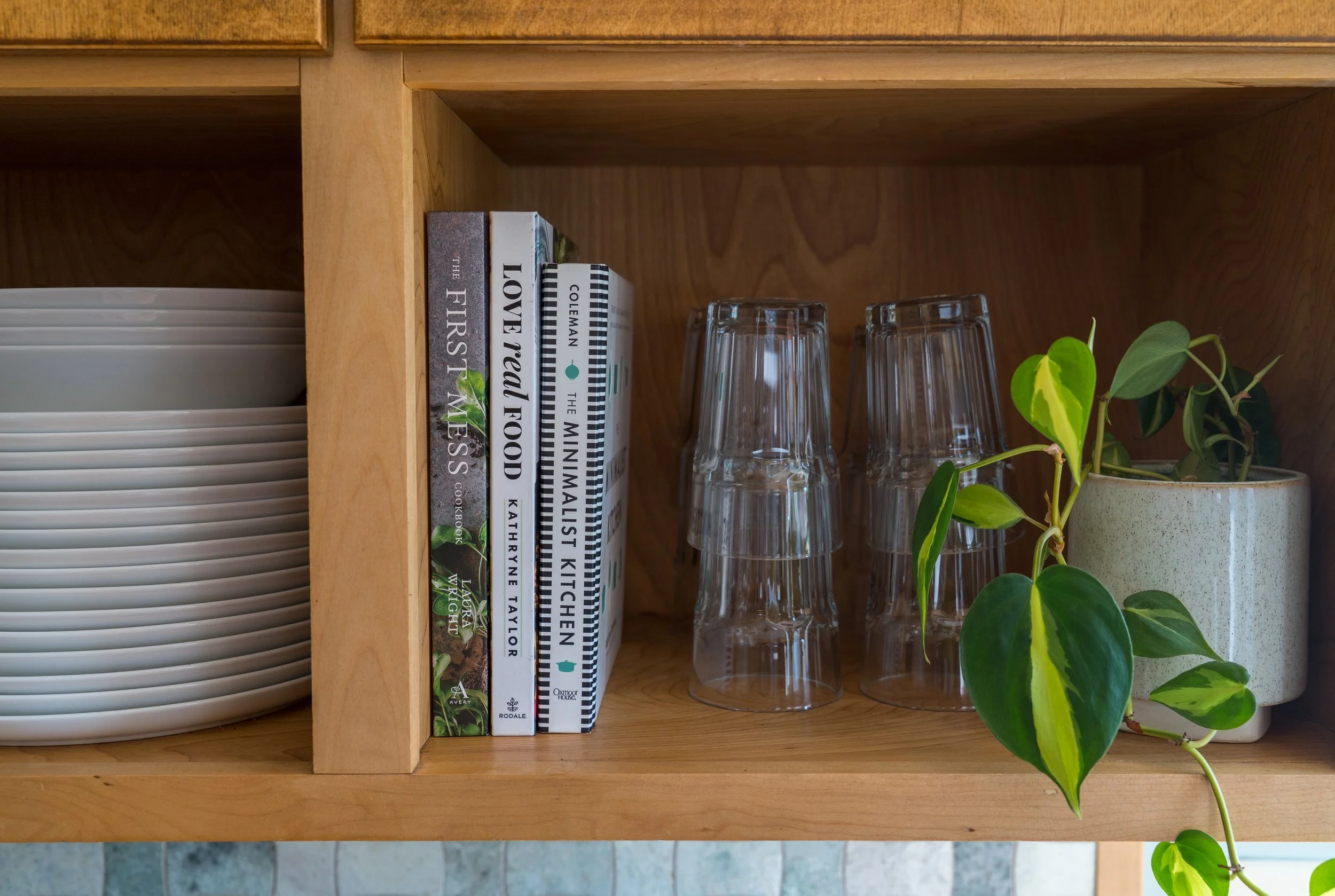Ways to Improve your Indoor Air Quality
The vast majority of our time as living, working, sleeping humans is spent indoors. Emerging from our lengthy Minnesota winter, where most of our days are likely spent inside, it feels timely to share ideas on how we can improve the indoor air quality in the spaces we spend a significant amount of time. Below are some solutions, organized by cost, to clean up your air at home.
Free-Very Low Cost
1. Take your shoes off when entering a residential space, especially your home
Our shoes go many places with us, and whether or not they’re leaving visible dirt or debris on your floors, they are releasing all sorts of particles from what they’ve come in contact with. This includes, but certainly is not limited to, a wide variety of chemicals, bacteria and dust.
2. Dusting, specifically wet dusting
This may be one of our least favorite (read most dreaded) home tasks, but it is very important for removing and preventing dust particles in our indoor air. Wet dusting does a better job of capturing a larger quantity of dust particles instead of just moving them around. We like to use a mixture of water and lemon juice or vinegar, as scented cleaners can cause sensitivity, and in some ways are contaminating your air even while they are cleaning a surface.
3. Frequent floor cleaning
Consistent vacuuming of hard and soft surfaces is a great way to remove dust and debris that has come in from the outside or settled from within the indoor air. One element of cleaning the floors that is often overlooked, is cleaning your vacuum (or broom or mop) and/ or replacing the filter(s). Doing this makes sure that your cleaning instrument is actually able to clean effectively.
4. Open your windows
Using natural ventilation by opening your windows is a great strategy to circulate fresh air into a space. The most effective way to do this is by opening windows on both sides of a home so air can flow through or across. This, of course, is only applicable if you are in an area with relatively clean outdoor air, comfortable temperatures, and if you are minimally affected by any outdoor allergens.
5. Use a ventilation hood when cooking
Most people would be surprised to know how much particulate matter is created and dispersed by cooking, especially if you are using a gas stovetop. Running a ventilation hood, especially if it is ventilated to the outside, is a great way to reduce the impact on your indoor air. If your hood uses filters, it’s wise to replace them as frequently as is recommended by the manufacturer.
Low-Medium Cost
6. Plants
Live plants are a great way to increase the oxygen inside your space and have a beautiful, low energy way to filter the air. Some of our favorite, hard-working plants are the snake plant, rubber plant, spider plant and areca palm. These plants, as well as others, are great at absorbing, and sometimes even converting, chemicals like formaldehyde and carbon monoxide into oxygen. Since soils can release contaminants of their own, it’s great if you can have rock or similar material to cover the soil. Additionally, be sure to occasionally and gently clean the leaves of plants to remove any dust.
7. Replace your ventilation filters regularly
If you live in a space with forced air heating or cooling, it’s vitally important to replace your filters every 90 days, if economically feasible. The good news is that a clean filter will generally cause your system to use slightly less energy. Look for the packaging to indicate a MERV (Minimum Efficiency Reporting Value) Rating of 10 or higher, which means that the filter is able to capture a wide range of particulate sizes.
Medium-Higher Cost
8. Air Purifiers
These have become quite popular in the last few years and are certainly a great option if you’re looking for an additional layer of filtration and cleaning for indoor air, especially if your outdoor air gives cause for concern. Most HEPA air purifiers capture both smoke & viruses in addition to larger particles. Check out this article from Wirecutter that compares different models in their effectiveness, efficiency and both short and long term costs.
9. Air Duct Cleaning
Having your air ducts cleaned every two to three years with standard use is a good option for improving your air quality. Look for services that do not use any sprays, solvents or solutions for the actual cleaning, but instead are using manual cleaning techniques like brushes and suction. This is again only applicable if you live in a space with forced-air heating or cooling and can be performed more frequently if you’re undertaking home renovations or other circumstances that cause greater than usual dust and debris.


